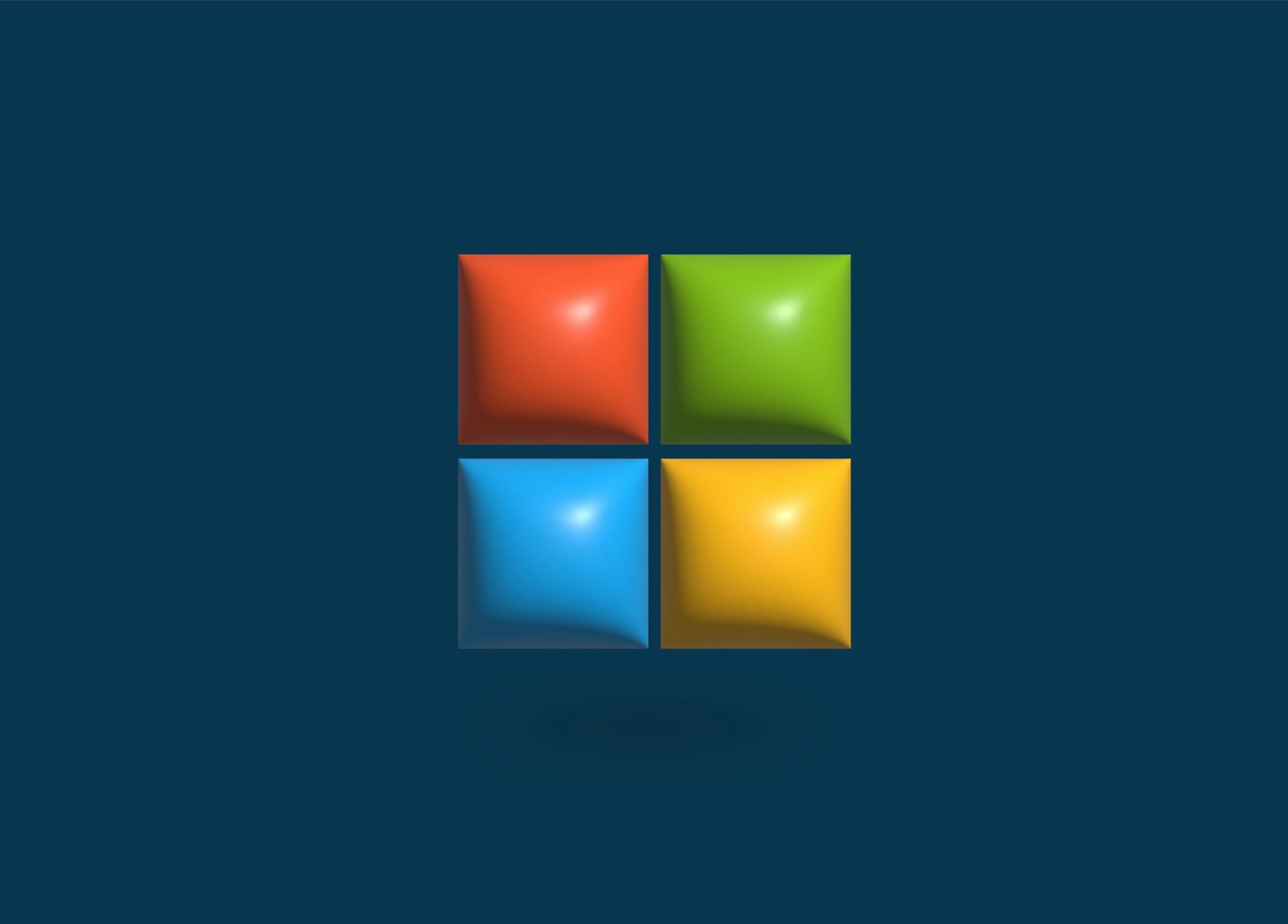Home » Outlook’s new email rules: What high-volume senders must do by May 2025 | Topsec
By Cian Fitzpatrick | 14th April 2025

Outlook has announced a major shift in how it handles email from high-volume senders. And in case you’re wondering, a high-volume sender is classified as those dispatching more than 5,000 messages per day. From May 5th, 2025, any domain that doesn’t meet Microsoft’s authentication standards risks having its emails routed to Junk folders. Further down the line, messages may be blocked entirely.
This shift follows on from Google and Yahoo enacting a similar move last year.
This is more than a technical update. It’s a pivotal moment for email security. Outlook’s new requirements are part of an industry-wide push to improve inbox trust and reduce malicious activity such as spoofing, phishing and spam.
Email remains a primary tool for communicating with customers, partners and prospects. But without proper authentication, even legitimate messages risk being flagged as suspicious. Or, possibly worse, not being delivered at all. That means lost leads, missed revenue opportunities and damage to a brand’s reputation.
For organisations that rely on bulk email for marketing, transactional updates or client communications (which is just about every organisation on the planet today), these changes represent a critical compliance challenge. However, this is also a chance to lead the way in email security and deliverability best practice.
If you send more than 5,000 emails per day, Microsoft is mandating that you implement and pass the following email authentication protocols:
SPF (Sender Policy Framework):
Your DNS must accurately list all the IP addresses or services authorised to send email on your behalf. Messages that fail this check will be treated as suspicious.DKIM (DomainKeys Identified Mail):
Your emails must be digitally signed using cryptographic keys. This helps verify the integrity of the content and that it hasn’t been altered in transit.
DMARC (Domain-based Message Authentication, Reporting & Conformance):
You must publish a DMARC policy with at least p=none, and it must align with either SPF or DKIM (preferably both). Alignment means your “From” domain matches the one authenticated by SPF or DKIM.
Initially, Outlook will route non-compliant messages to Junk folders. Eventually, non-compliant emails may be rejected outright. This will effectively prevent delivery.
Alongside authentication, Outlook is urging large senders to improve overall email hygiene. This includes:
Failure to comply with these practices may result in filtering, blocking or blacklisting.
The countdown is on. Outlook’s enforcement begins May 5th, 2025. High-volume senders should act immediately:
If you’re not sure where to begin, you’re not alone.
Topsec works with organisations of all sizes to strengthen their email defences and protect their brand. Our experts can:
We take the complexity out of compliance,so you can focus on communicating with confidence.
These new requirements represent a positive shift toward a safer, more trustworthy email ecosystem. By complying now, your organisation not only avoids deliverability issues. It also gains a competitive edge in digital communications.
Let Topsec help you meet the new standards and protect what matters most: your email reputation, your message and your customers’ trust. Contact us today to get started.

Sign up to get regular updates about email security
You have successfully subscribed to the newsletter
There was an error while trying to send your request. Please try again.